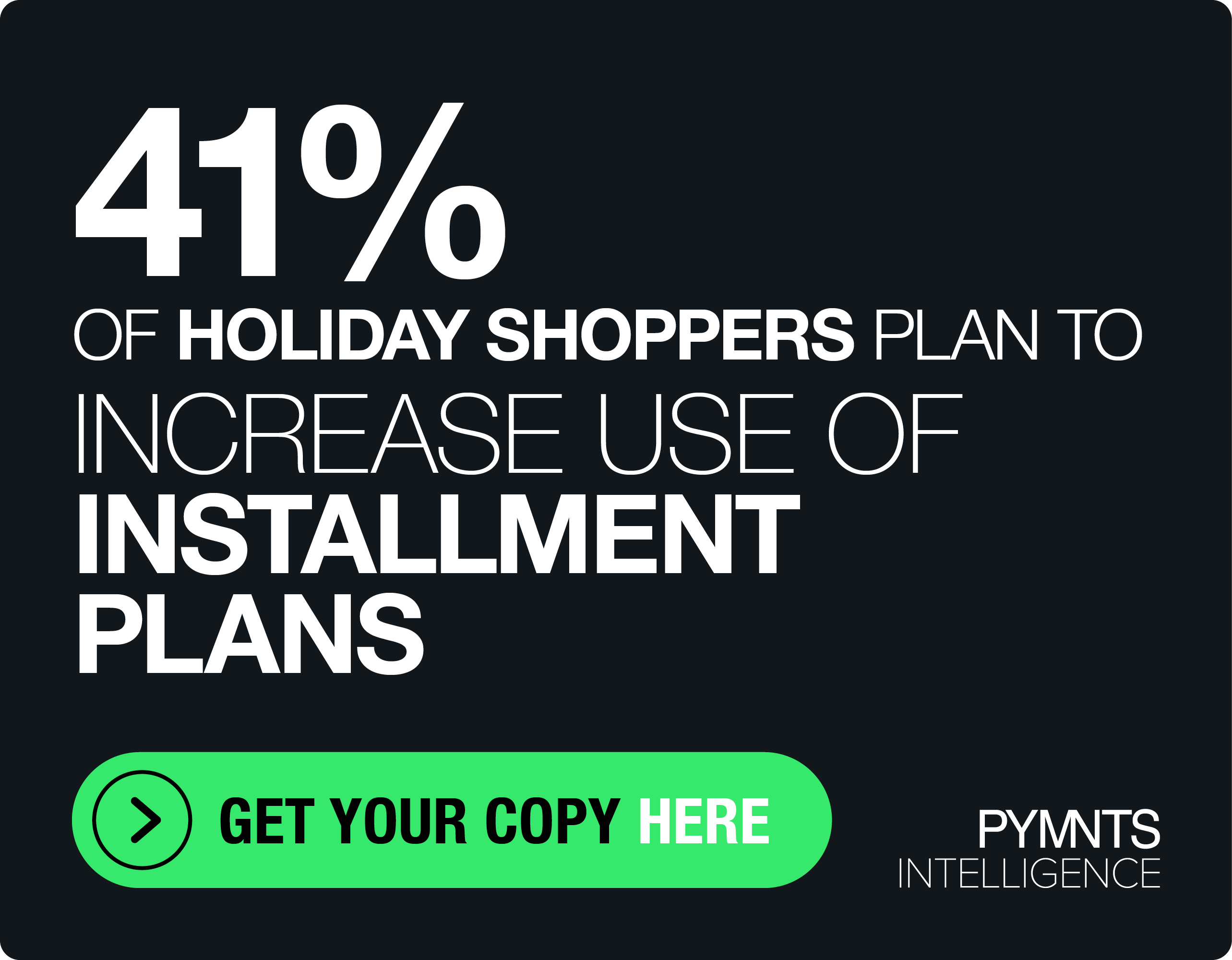Merchants Moving at the ‘Speed of Retail’ Must Offer Payments Choice at POS
Terry O’Neil, head of connected commerce and strategic growth for Citi Retail Services at Citi, said that connected commerce needs to move quickly.
In fact, it needs to move at the speed of retail, as merchants must onboard new payment methods and options to meet consumer demand as physical and digital channels converge.
“Merchants should not underestimate the power of a payment product in driving loyalty and repeat purchases,” he told PYMNTS’ Karen Webster.
And right now, he said consumers — and by extension merchants — want more pricing optionality and flexibility at the point of sale. They want more than just the ability to pay with card brands or digital wallets.
Citi’s own research, O’Neil said, has shown that 90% of consumers want their merchants of choice to offer multiple payment options at checkout. Increasingly, he noted there’s value to be had by introducing those options at the top of the funnel, even before the checkout is on hand, so that consumers are incentivized well before they decide whether or not to click buy or tender their cards at the register.
Moving to the Top of the Funnel
O’Neil noted that embedding payment products next to merchandise on shopping pages — telling them, for instance, that they can buy a sofa or a fridge for a certain payment over several months — is critical in consumers feeling that a splurge or an unexpected expense is indeed affordable. It’s not just about the payment options, said O’Neil, but about customers having visibility about how a given purchase, even for a large-ticket item, can fit into their budget.
“The monthly payment drives most of the consideration of the purchase, because it’s a budgeting tool,” he said.
As a result, he added, in a bid to have those payment options tied to several points higher up along the customers’ journey, “you’re starting to see a lot more products enter the market — and a lot of new pricing opportunities enter the market for consumers.
“We recognize that where we integrate into the purchase journey — and how we integrate into the purchase journey — remain critical to the success of our products,” O’Neil said.
Citi Retail Services recently launched Citi Pay as a payment app on Shopify, and has partnerships with ChargeAfter and FreedomPay.
In terms of functionality, the joint efforts allow merchants to onboard new products quickly into their point of sale to offer Citi Pay Credit and Citi Pay Installment Loan to merchants offering the functionality and optionality of a private label card without the technical heavy lifting that would be part of a go-it-alone approach.
Integration is smoothed through APIs and standardized development kits, he said. Prequalification while customers are shopping — along with conversational, contextual information — quickens the checkout process as well, O’Neil added. Citi Flex Pay still remains a post-purchase option for all existing Citi cardmembers and is noted as an important component of Citi’s overall lending suite.
“We’re democratizing point-of-sale lending” O’Neil said, “so that it is available to more merchants.”
The Carry Over
O’Neil said that as his firm builds out its network of merchant partners, Citi Pay consumers can use their credit lines anywhere they see the Citi Pay logo. Applying for a product with a merchant would give a consumer access to promotional financing and a line of credit that could be used with another merchant in the closed loop ecosystem. Citi provides the loan notes and the merchant with the requisite purchase credentials.
“We’ll do a real-time account number lookup while you’re shopping or in line,” O’Neil said, “and you’ll be authenticated while shopping, and you can use that credit line again.”
Consumers can keep tabs on their payment products, he said, as the promotions and monthly payment plans, extending out as long as 60 months, are available in one place for them to access.
“In the spirit of helping customers buy what they need, when they need it, we’re also helping merchant partners increase their average order value,” O’Neil said. “Putting those tools in the hands of consumers is critical.”

